Are your patients doing tons of glute exercises… but not getting the results they expect?
The issue might not be lack of effort—it could be that they’re doing exercises that don’t sufficiently activate the gluteus maximus.
Many routines include popular movements like squats or conventional deadlifts without really knowing how much the target muscle is being stimulated. And if the glute doesn’t receive the right stimulus, hypertrophy simply doesn’t happen.
This not only slows progress, it also increases the risk of compensations, lower back discomfort, or overuse of other muscle groups.
The good news: you don’t need to guess anymore.
Thanks to surface electromyography (EMG) analysis, we now know which exercises activate the gluteus maximus the most, and in what order you should include them in your training plans.
Want to learn how to prescribe and optimize exercises using EMG?
In this post, you’ll find the 10 most effective exercises for gluteus maximus hypertrophy, ranked by EMG activation and explained so you can apply them right away.
Why does muscle activation matter in hypertrophy?
Muscle activation is one of the key drivers of mechanical tension, the primary trigger for hypertrophy.
The more active a muscle is during an exercise, the greater the stimulus it receives and the higher the chances it will grow, provided other training variables (volume, intensity, rest, etc.) are also in place.
Below are the exercises ranked from highest to lowest gluteus maximus activation, based on EMG data. You’ll also find why they work and how to integrate them into your programs.
Top 10 Exercises for Gluteus Maximus Hypertrophy
1. Step Up
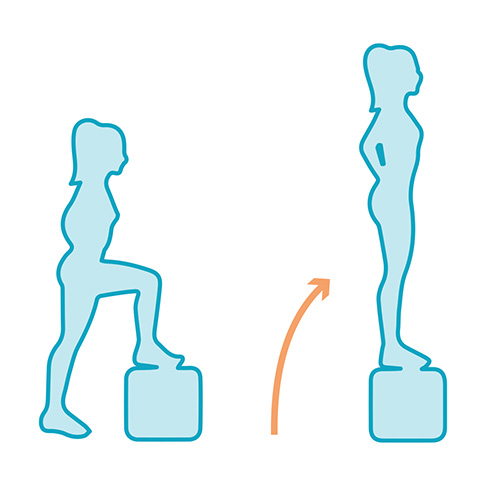
Activation: 100%
This is the highest-activating glute exercise on the list.
It requires full hip extension against gravity with minimal momentum, forcing the glute to generate all the power.
Ideal for unilateral progressions.
2. Lateral Step Up
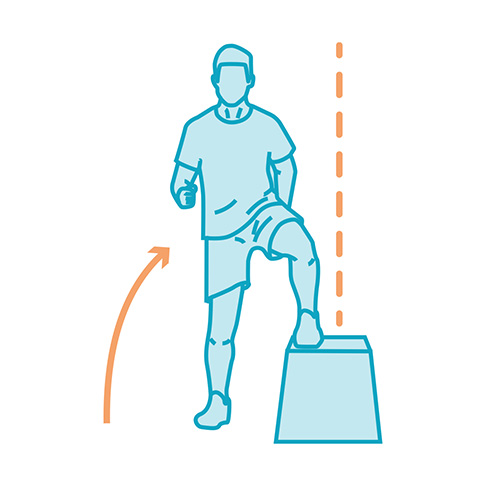
Activation: 97%
Similar to the standard step-up, but with more emphasis on lateral stability. The gluteus medius is more involved, but the gluteus maximus remains the primary mover in hip extension.
Great for athletes, pelvic stability deficits, or programs targeting hypertrophy and postural control.
3. Hex Bar Deadlift
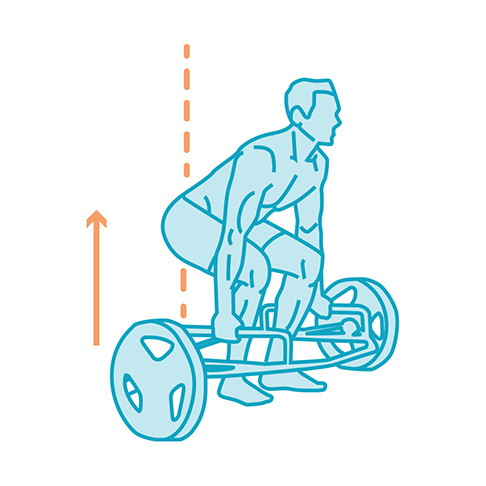
Activation: 88%
Allows for a more upright posture and greater glute activation without overloading the lower back.
The center of mass is better aligned, allowing more load and less risk of compensations.
Perfect for max strength phases or as a base glute movement in patients with lower back pain.
4. Conventional Hip Thrust

Activation: 82%
A go-to glute exercise—and for good reason. The constant resistance and peak tension at full extension make it a powerful hypertrophy tool.
Better when performed with a slow eccentric and a pause at the top.
5. Bulgarian Split Squat
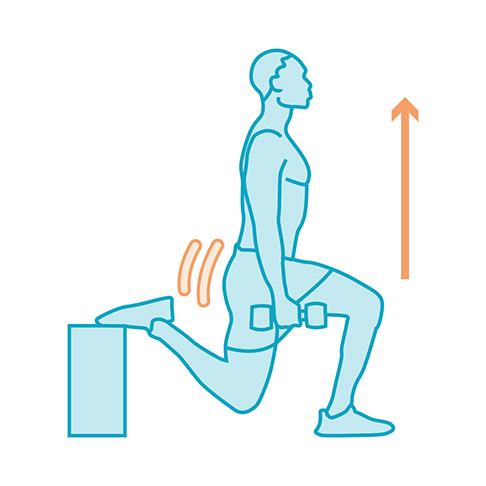
Activation: 70%
Generates strong mechanical tension in the stance leg’s glute while improving lumbopelvic stability.
Activates the glute efficiently without heavy loading.
Great for unilateral training, correcting asymmetries, or rehab progressions.
6. Forward Lunges
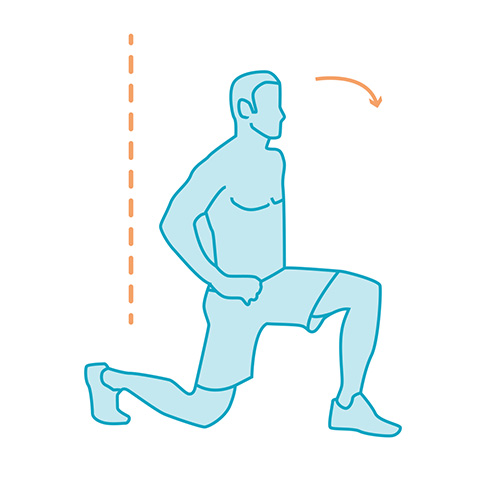
Activation: 66%
A classic that still delivers. Lunges build strength, control, and balance, and heavily activate the glute, especially with a long stride and forward trunk lean.
Pro tip: For patients with patellar tendinopathy, assess quadriceps synergy to avoid overloading.
7. Single-Leg Squat
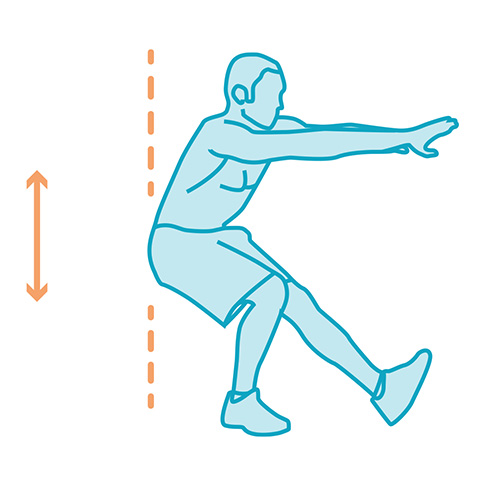
Activation: 65%
Highly technical, this squat requires strong glute activation for stabilization and hip extension.
Not recommended in early rehab if pain or significant weakness is present.
8. Conventional Deadlift
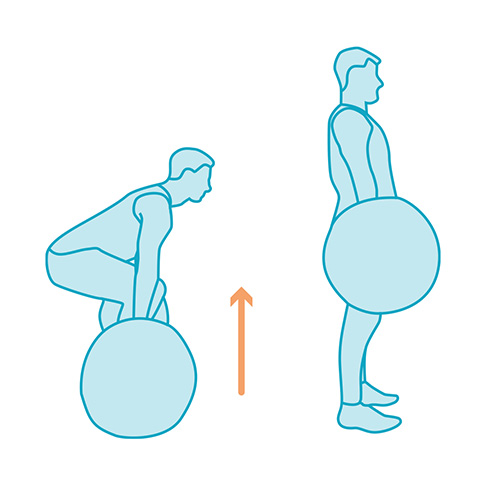
Activation: 64%
Still a solid posterior chain exercise. But excessive trunk lean shifts effort toward hamstrings and spinal erectors, reducing glute engagement.
Improve with good technique, controlled tempo, and glute-focused accessories.
9. Back Squat
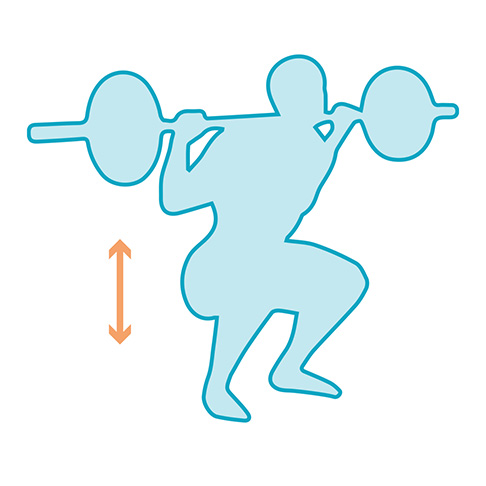
Activation: 59%
Although a compound movement, the back squat isn’t the most glute-dominant option.
Activation depends on technique (trunk lean, depth, stance width, etc.).
Use in combination with more glute-specific exercises.
10. Sumo Deadlift
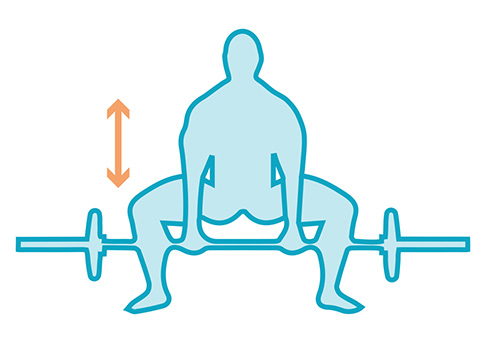
Activation: 37%
Despite the wider stance, this variation activates the glutes less than others. More load is taken on by the adductors and hamstrings.
Use to vary stimulus or target other regions, but not as a main glute builder.
Conclusion: Which Exercises Should You Prioritize?
Top 5 most effective exercises:
- – Step-Up
- – Lateral Step-Up
- – Hex Bar Deadlift
- – Hip Thrust
- – Bulgarian Split Squat
What if you could measure this in your own patients?
Surface EMG doesn’t just help you choose better exercises:
👉 It lets you personalize every workout based on how each muscle performs.
👉 And most importantly, it ensures that what you prescribe is actually activating the muscle you’re targeting.
Want to apply this in your clinic?
Book a free 10-minute call with an EMG expert here. No pressure. 100% tailored to you.
See you in the next post 🙂

